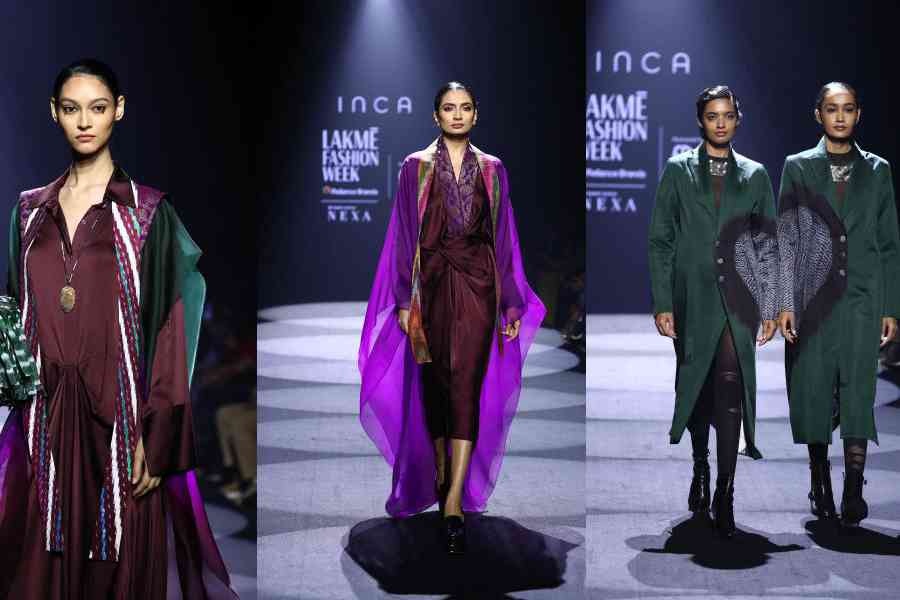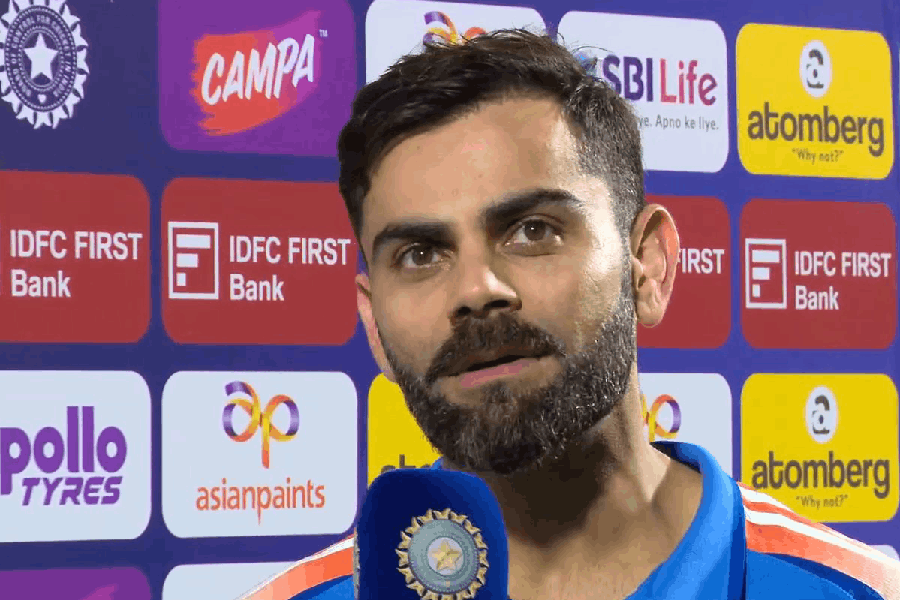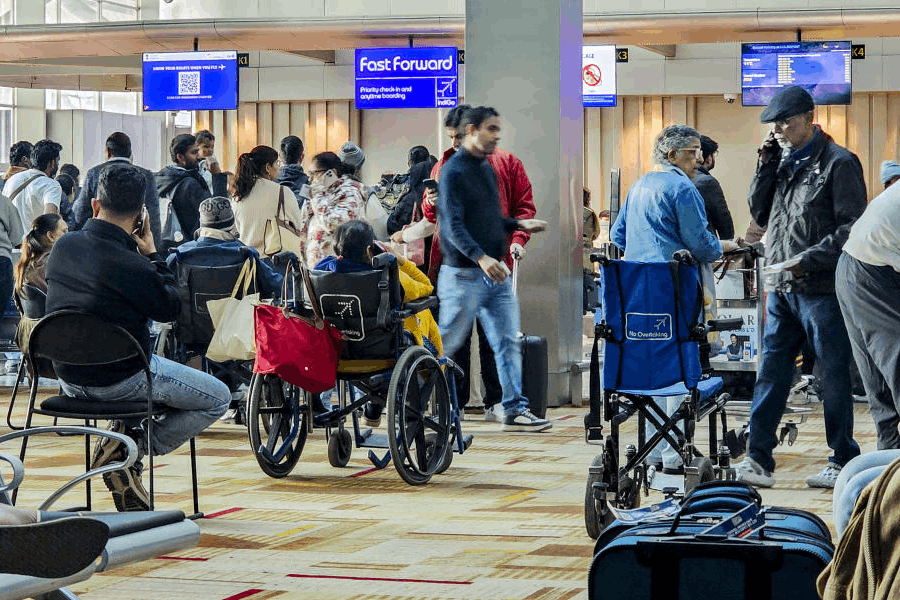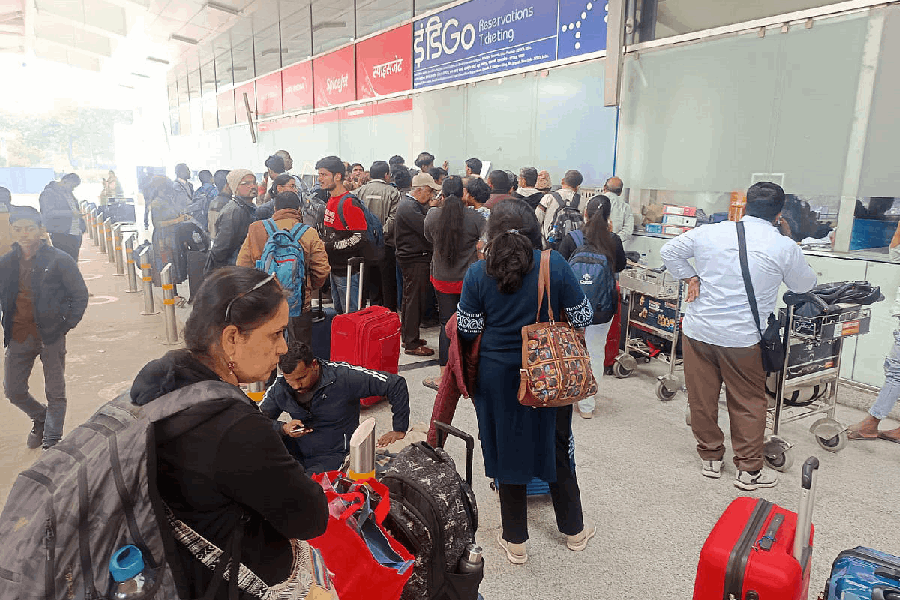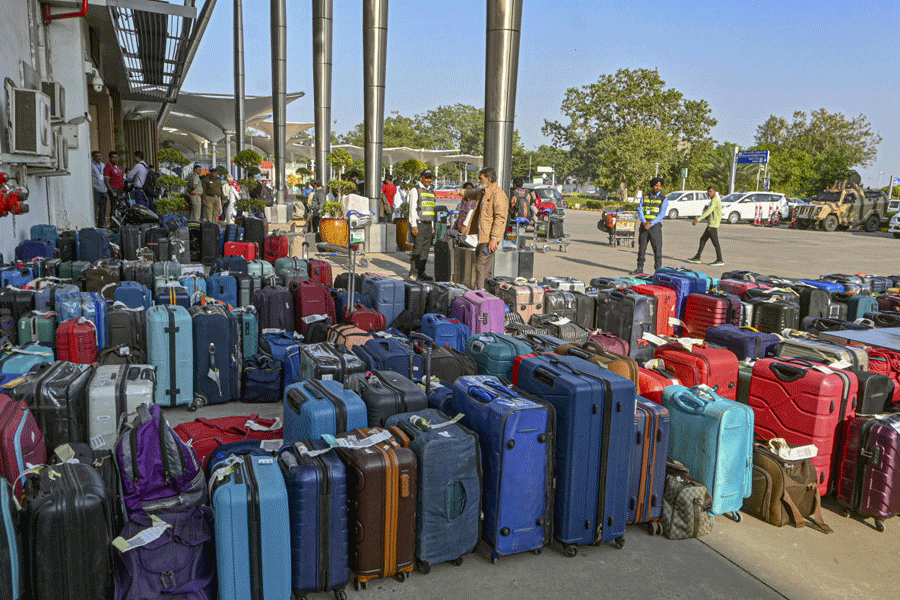A play of textiles, patterns and drapes with OG models like Nayanika Chatterjee, Sheetal Mallar, Bhawna Sharma, Joey Matthew, Rachel Bayros and Carol Gracias, walking the ramp. Inca’s show at Lakme Fashion Week X FDCI was an ode to timelessness, high on nostalgia and romance. Amit Hansraj presented his autumn/winter 2025 collection, made up of beautiful colours, accessories, fluidity, and immense wearability. The silhouettes were all statement-y and modern-cool. We sat down with Amit later to learn more about his process and his design philosophy, and came away inspired!
The clothes were impactful and dramatic…
I don’t really create collections as such. For me, my brand is a constant work in progress, and instead of making just one collection, collection after collection, I just keep adding pieces. So, nothing becomes old or from a previous collection. I like to play a lot with textiles and also traditional crafts, but I try to give it a little bit of a contemporary take. I like to speak to the woman of now. I want the craft and textile to speak to people the way their lives are, right now.
I use a lot of shibori in my textiles, but I do not like to do it in a traditional way. Other than that, we’ve used block-printing in, again, a modern way, instead of the traditional floral motifs. We’ve created this animal print.
I like a lot of found objects. I like putting together things, so it creates a lot of depth in the garment. What I also like is the lining. You can wear it as a reversible piece.
I’ve done a lot of tailoring this time. So far, I’ve been doing a lot of easy silhouettes. Most of my patterns are cut in circular. I do size-agnostic clothing, but for this collection, I wanted to add some tailored pieces. So that’s why there are a bunch of jackets and we’ve treated leheriya differently, in modern colours with textures. Then the heart motif is omnipresent in all the pieces that I do.
What makes supermodels Nayanika Chatterjee, Sheetal Mallar, Bhawna Sharma, Joey Matthew, Rachel Bayros and Carol Gracias a class apart?
I grew up in the ’90s, and I got interested in fashion during that time. My first introduction to fashion was a show where Nayanika was walking. The way she moved in what she was wearing is still etched in my mind. I walked up to her, introduced myself, and she was so encouraging. And since then, it’s been over 20 years that I’ve known her…
So I just thought that it would be interesting to have all these girls together to have an interesting moment, not for anything else, but for myself…. When I was envisioning my career in fashion, I was always imagining these girls in my clothes. It’s kind of a little bit of an exercise in self-indulgence! (Laughs)
How did Inca start?
Inca started as organically as possible. I worked in fashion for about 20 years, in every department. I did not study fashion but I always wanted to work in fashion. So I always felt that I needed to learn more and gain more knowledge. So I worked in every area. I worked in production, design, PR, styling and merchandising.
Something was happening to me in the beginning of 2020, where I felt that I needed to take a sabbatical and really realign my thoughts… that was also the year I was turning 40. So I wanted to figure out what the next phase of my life was going to be like. And it just happened, and then the pandemic happened, and we were all stuck in the lockdown… I had no big plans. I still have no big plans.
You are just going with the flow…
Absolutely. Inca was my retirement plan. I’m enjoying it, and I do not want to do anything which I do not believe in. So I stand by each and every piece of clothing, accessories, whatever we do. It is all made from the heart. It is not to cater to a particular demand, and then I feel that slowly, you attract your kind of people.
Inca is incarnation for you?
Yes, it is short for incarnation. I was living in Mumbai, and at the beginning of 2020, I wanted to move back. I moved back to Delhi in March. I am actually from Himachal (Pradesh), but I’ve lived most of my adult life in Delhi. I did my studies here in Delhi. I moved to Mumbai in 2016. And in 2020, when I moved back to Delhi, my stuff, all my furniture and everything was still in Mumbai. I thought that I would just go back to Mumbai and pack everything and come back to Delhi, but then the lockdown happened. So I was stuck in a beautiful old house with absolutely no furniture.
I had some old fabric, voile and muslin lying with me. So I thought that let me at least just make some curtains. I started doing a little bit of marbling and shibori by hand on those pieces of fabric. And as organically as that, one thing led to another.
Did you have to imbibe your learnings over the years?
A little bit of that and then YouTube. I’m a very curious person. So whenever I want to know about anything, I do my research on YouTube. That’s what I did during the lockdown. I learned basic stitches of shibori. I was doing multiple things, like learning candle-making, you know, anything to keep yourself occupied during that time… and vegetable dyeing, all of that.
I didn’t have any access to a craft cluster or any of that. We started doing shibori at home with the person who was coming to clean the house. I also learnt onion peel dyeing. Then we put a patila on the stove and put those onion peels and turmeric, and beetroot or whatever we could, just to see how it looks. That’s how we taught ourselves.
I still do not have access to craft clusters. I tried to, but I feel they’re slightly inaccessible, and the popular ones already have a lot of people that they work with. So they do not have the time to entertain small batches. So it didn’t work out, which was a little disappointing for me because, you know, there’s so much talk about working with craft clusters and all of that, but it’s not really very accessible to small businesses. Everything is done in-house, in Delhi.
And you can do everything in the design process?
I can do each and everything, maybe not perfectly, but that’s what makes my clothes interesting. How I design, I take a piece of fabric, then I start draping it. And then I just cut it, and I sew it by hand, and then I give it to the team to make a final piece.
Have you always been a textile lover?
You know, it’s a very interesting question, but also a tough one because I don’t have a very clear memory of the beginning of my love for textiles. If I may be a little bold, I would also say it’s the same thing when somebody asks me, when did you realise you were gay?
I have no particular moment of lightning. This is the way I have been. My love for textiles and things has always been in me.
We were growing up in different times. We were surrounded by beautiful textiles. Everything, right from your doormat to your razai, was all handmade. And everyone, when they got married, they all were given a sewing machine, you know, as part of their trousseau. So I have seen that. So it was not something that I discovered one fine day. I think it was just there.
And your process is more trial and error?
It’s completely trial and error. I do not enjoy perfection. I do not strive for perfection. I like things which are slightly off-centre, which makes it more interesting, because perfection to me looks a little more mechanised and lab-made than handmade.
Are there people, artists, personalities and creative brains you look forward to learning from?
When I was very young, I had the opportunity to work with Bina Ramani. She’s the one who discovered Hauz Khas Village. She had a lot of trunks and cupboards full of vintage fabric. My job was mostly to take them out whenever she wanted to design and then fold everything back. She was so particular about the folding and how the textiles were kept, maybe that is where the spark came in. I’m inspired by people who live their lives on their own terms. People who have the courage to be true to themselves, whether it is maybe an actor like Konkona Sensharma, or, you know, like a politician… people who really stay true to their beliefs.
And that doesn’t mean that you have to be stubborn because we are all a work in progress. Our dreams, desires and vision of ourselves keep changing, but as long as it’s not forced, as long as it’s not ruled by the demand of the market, I really admire those people.
Did you start the clothing label with the jewellery, or did jewellery come later?
Jewellery came exactly a year after starting clothes. I do not want to make commercial pieces. I also do not want to be so involved in production that I don’t get the time to live my life. So, I do signature pieces, very small quantity. Again, all handmade. Some, I try to make it in Delhi. I try to make the first sample myself, even with the jewellery. It’s a tougher craft. So, then I go to Jaipur and get those made.
This is the first time I have done raffia. Raffia also excites me a lot. So I have done tie-dye on raffia. I wanted to make these cushions, which can be used as bags.

